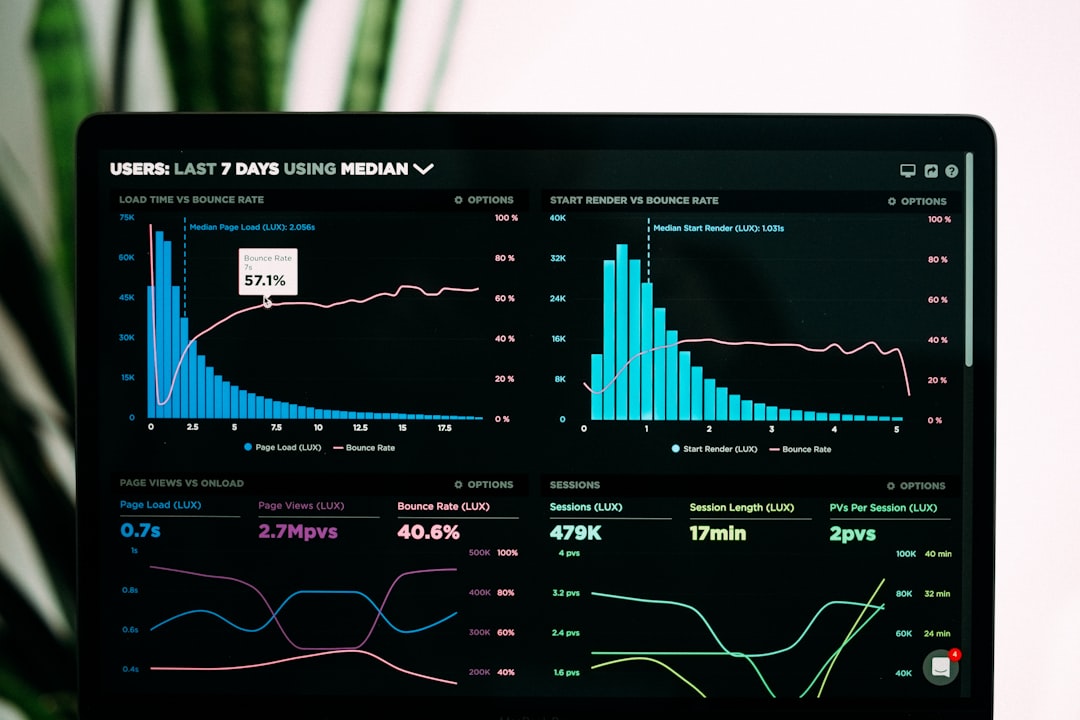What is it about?
Diabetic retinopathy (DR) is a common complication of diabetes that can cause vision loss. It is important to diagnose DR in its early stages, but this can be difficult because the disease has no symptoms at this point. To help detect DR, many communities offer regular screening programs for people with diabetes. However, these programs can be inefficient because many of the exams show negative cases and many of the images have poor quality. The SCREEN-DR project is a collaborative platform that helps doctors and researchers create machine learning algorithms to detect DR using retinal images. The platform allows doctors to store and annotate large volumes of data securely, and it is designed to be easy to use for annotation purposes. The SCREEN-DR platform has been deployed online and the source code is publicly available. Four doctors have already used the platform to annotate 1826 images for training classification models. The SCREEN-DR project aims to improve the accuracy and efficiency of detecting DR by using machine learning algorithms and retinal images. By detecting DR in its early stages, it may be possible to prevent vision loss and reduce the economic impact of the disease, particularly in industrialized countries. This work is an important step towards the development of automated tools that can assist doctors in the early detection of DR.
Featured Image

Photo by Kalea Jerielle on Unsplash
Why is it important?
This work is vital because it presents a new approach using machine learning algorithms to detect diabetic retinopathy (DR) using retinal images. DR is a common complication of diabetes that can cause vision loss, and diagnosing it in its early stages is essential. However, detecting DR can be complex because the disease has no symptoms. A SCREEN-DR platform is a collaborative tool that helps doctors and researchers create machine-learning algorithms to detect DR using retinal images. This platform is unique because it allows doctors to securely store and annotate large volumes of data and is designed to be easy to use for annotation purposes. Doctors have already used the SCREEN-DR platform to annotate images for training classification models, and it is available online for others to use. This work is timely because it addresses a major global health issue - according to the World Health Organization, 1% of all cases of blindness in 2010 were caused by DR. By improving the accuracy and efficiency of detecting DR, this work has the potential to make a significant impact on public health.
Perspectives
This publication presents an exciting approach to improving the accuracy and efficiency of detecting diabetic retinopathy (DR) through a collaborative platform and machine learning algorithms. DR is a common complication of diabetes that can cause vision loss, and diagnosing it in its early stages is essential. However, detecting DR can be complex because the disease has no symptoms. The SCREEN-DR platform is a collaborative tool that helps doctors and researchers create machine-learning algorithms to detect DR using retinal images. This platform is unique because it allows doctors to store and annotate large volumes of data securely and is designed to be easy to use for annotation purposes. Doctors have already used the SCREEN-DR platform to annotate images for training classification models, and it is available online for others to use. By improving the accuracy and efficiency of detecting DR, this work has the potential to make a significant impact on public health.
Jorge Miguel Silva
Universidade de Aveiro
Read the Original
This page is a summary of: SCREEN-DR: Collaborative platform for diabetic retinopathy, International Journal of Medical Informatics, December 2018, Elsevier,
DOI: 10.1016/j.ijmedinf.2018.10.005.
You can read the full text:
Contributors
The following have contributed to this page










